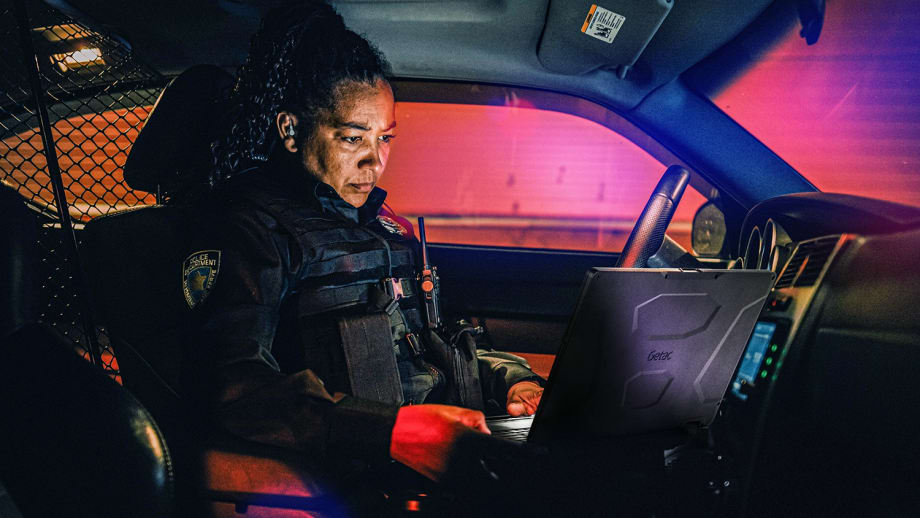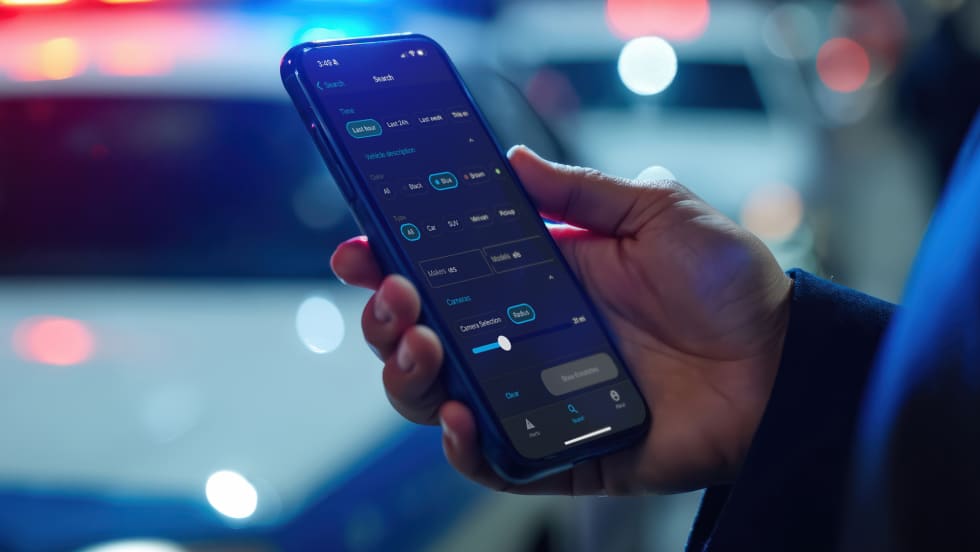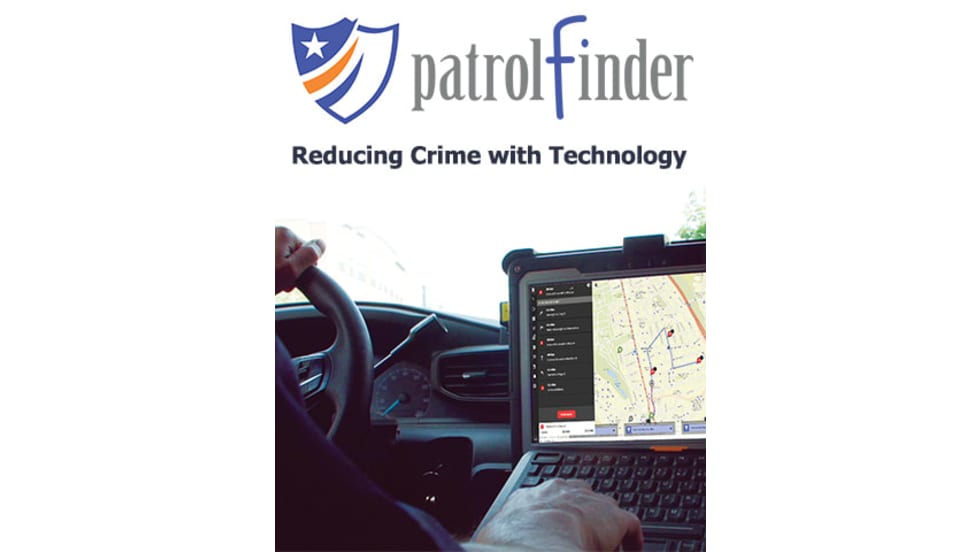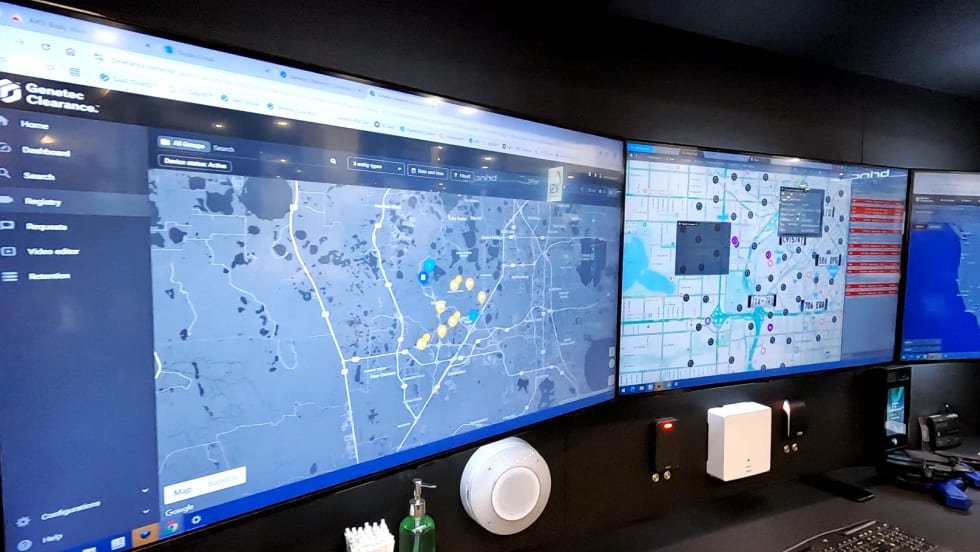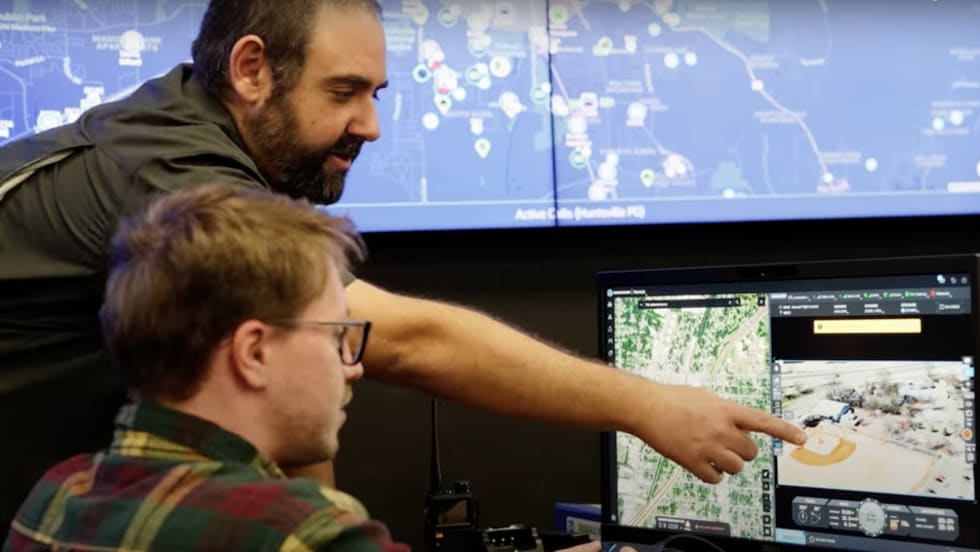Panasonic is also focusing on advancing processors and expanding memory. “To run AI on the edge, we need more horsepower, more memory and more processing power,” Nollmann explains. “We are investing in that technology, so we are ready as the market increasingly turns to AI on the edge.”
5.Keep it Connected
Rugged computers cannot do much if they are not connected. Maintaining constant communication and data access is essential, making robust connectivity via 5G Sub-6 or 4G LTE, Wi-Fi, and private networks critical, according to McMahon.
Nollmann adds, “When looking at which laptop to buy, do not just look at what connectivity is offered but at what connectivity is achieved. Having the fastest modem on the market may not be the most reliable modem. You might only get those blazing fast speeds when you’re in the right spot at the right time.”
He says it’s more important to consider whether the device retains data if it loses connectivity and if the agency command center can still track the officer and transmit limited data in offline mode.
“They don’t have to transmit videos and pictures, but just tiny bits of GPS location information are important from an officer safety standpoint,” he says. “It’s more important to have a high-quality modem that stays connected all the time, than having the latest and greatest, fastest download modem that only works downtown.”



